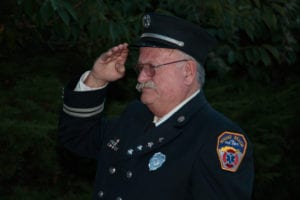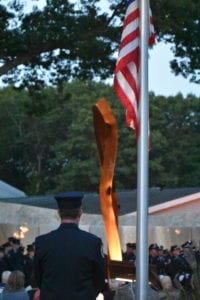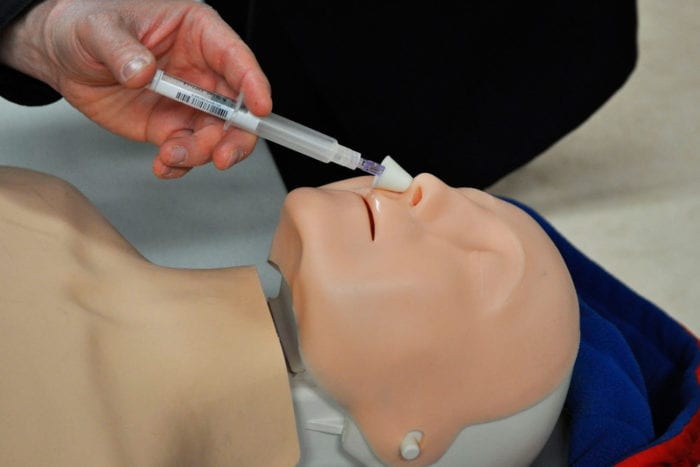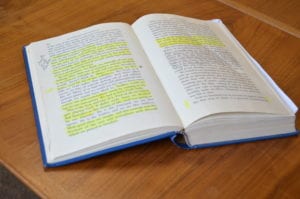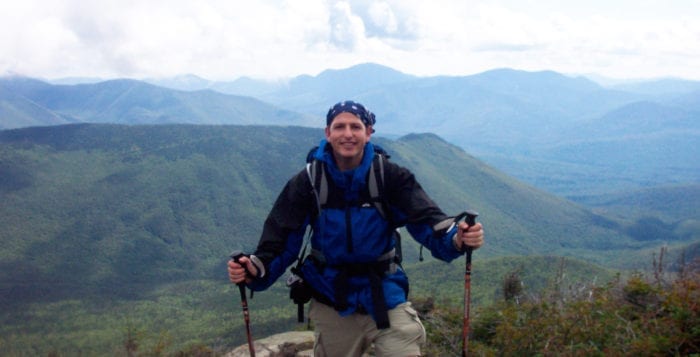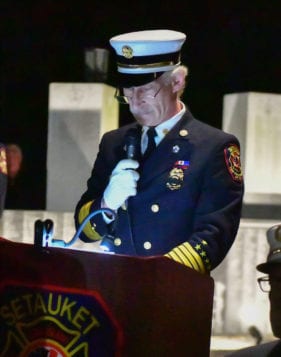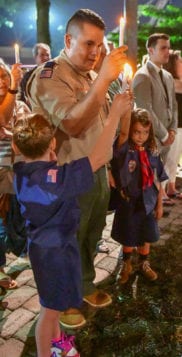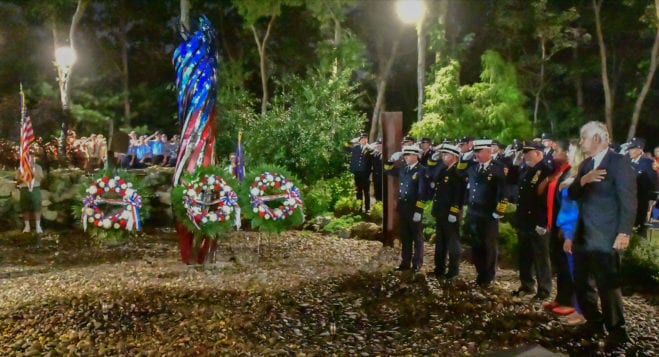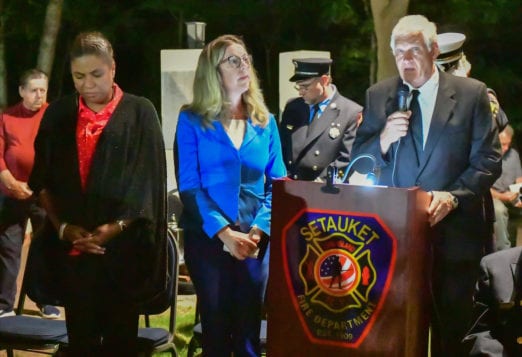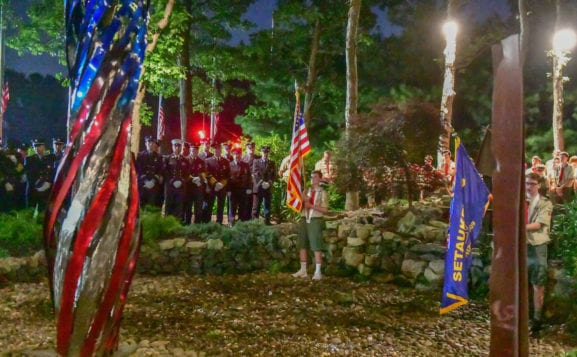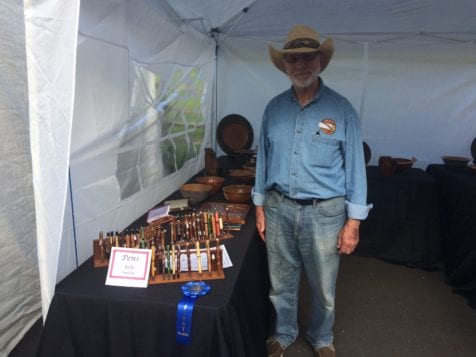By Melissa Arnold
At Benner’s Farm in East Setauket, there’s a sense of going back in time. The 15 acres that make up the private family farm have been cared for by local families since the 1700s, and current owners Bob and Jean Benner have worked hard to maintain that historic atmosphere. Along with growing organic produce and hosting a variety of educational events, the farm is also well-known for its seasonal festivals held throughout the year.

This weekend, Benner’s Farm will tune up for the 8th annual Fiddle & Folk Festival, offering guests a chance to experience traditional folk and bluegrass tunes along with modern spins on the genre. Emceed by Bob Westcott, the program includes performances by the Slambovian Circus of Dreams, Quarter Horse, Eastbound Freight Bluegrass Band, Taylor Ackley and the Deep Roots Ensemble.
The festival is a revival of a similar event held for many years at The Long Island Museum in Stony Brook, said farm owner Bob Benner.
“I used to play violin when I was a kid, and my wife and I were involved with the Long Island Traditional Music Association for a long time,” said Benner. “The farm has been around since 1751, and back then, people made their own music and danced in barns for socialization and entertainment. We try to keep that same ambiance today by offering opportunities to come out and hear live music of all kinds.”

The event barn’s Backporch Stage will serve as the main stage for the festival, while the Shady Grove Stage will offer workshops and Q&A opportunities with headlining musicians, allowing audiences to get to know them on a deeper level. In addition, the Jam Junction Stage will play host to musicians of any skill level who want to take a turn on the platform alone or with friends.
“The Fiddle & Folk Festival is one of the nicest ways you can spend a Sunday on Long Island, and you get to hear an entire day of music you might not otherwise experience,” said Amy Tuttle, program director of the Greater Port Jefferson-Northern Brookhaven Arts Council, which sponsors the event along with Homestead Arts, WUSB and Times Beacon Record News Media. “We have a broad reach, and use our contacts to bring in nationally-known performers and people in the community to entertain,” she added.
Taylor Ackley and the Deep Roots Ensemble from Stony Brook bring together classical musicians from the area to play old-time mountain music with unique instrumentation, Tuttle said. Ever heard bluegrass played on a French horn? Now’s your chance.

The Eastbound Freight Bluegrass Band is the longest-running bluegrass ensemble on Long Island with all of its founding members still performing. The close-knit group has played together for more than 20 years, and it’s evident in their sound, Tuttle said. “They have a tightness in their music that can only come from being together for such a long time.”
Eastbound Freight will offer a fiddle workshop during the afternoon for anyone interested in learning more about the instrument and playing in the folk genre.
Quarter Horse, a local six-man ensemble, blends traditional folk sounds with elements of rock, alternative, blues, jazz and country music. The band, which formed five years ago, offers a younger take on folk music, Benner said.

Known as pioneers of Americana, the Slambovian Circus of Dreams has been recognized in publications around the globe for its unique sound and showmanship. The whimsical group from Sleepy Hollow is known for its classic rock influences and varied instrumentation, from mandolin to cello and theremin. Benner said that they’ll be working Eastern European music and yodeling into their set this year. “They’re a fantastic group and so much fun to watch,” he said.
Children will enjoy the event as well as the festival offers a Kids Corner with storytelling and music, a chance to feed the farm animals and a ride on the Big Swing.
As the day draws to a close, stick around for a traditional barn dance with live music and a caller and bring home some organic produce.
“People don’t want to leave because it’s such a peaceful and fun atmosphere. You can forget about the rest of the world for a day, get out in nature and let your stress go,” said Tuttle.
The 8th annual Fiddle & Folk Festival will be held at Benner’s Farm, 56 Gnarled Hollow Road, E. Setauket on Sept. 15 from 11 a.m. to 7 p.m. Tickets in advance are $15 adults, $13 seniors and children; tickets at the door are $18 adults, $15 seniors and children. There is no rain date. Bring seating. For more information, call 631-689-8172 or visit www.fiddleandfolk.com.







